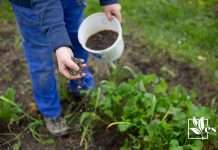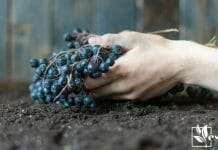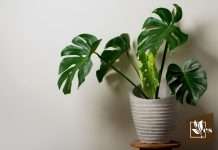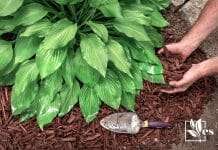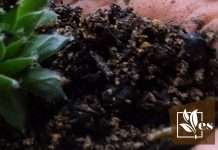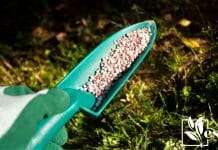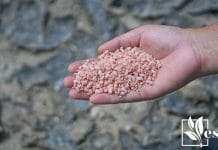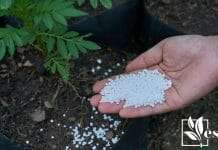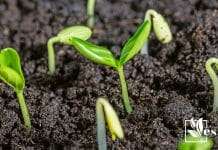Bone meal is indeed real and has been utilized extensively as an organic fertilizer in gardening. As a dedicated gardener, I’ve found that incorporating bone meal into my garden soil has often provided beneficial nutrients, particularly phosphorus, which is essential for the healthy development of plant roots. What distinguishes bone meal from synthetic fertilizers is its slow-release properties, providing a long-term nutrient source for plants like perennials, bulbs, and shrubs.
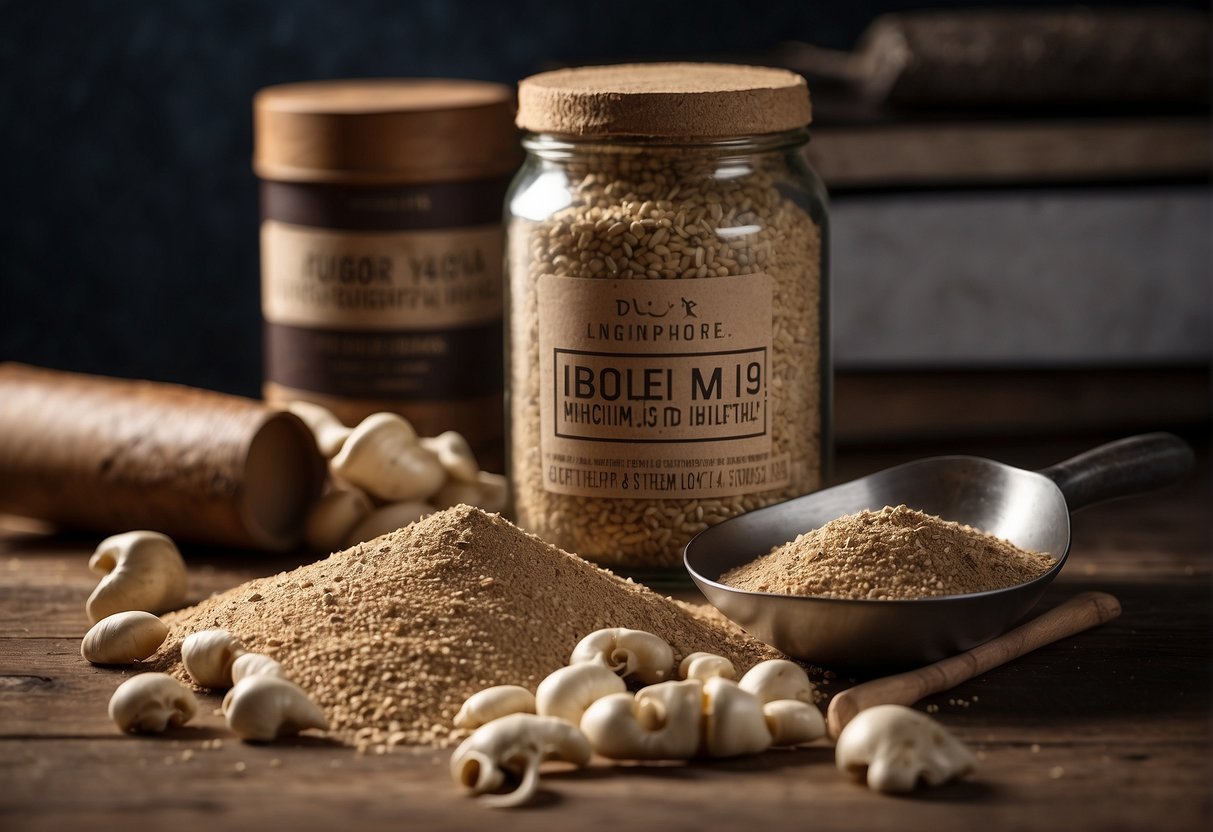
In my experience, using bone meal is a sustainable choice for organic gardening practices. It’s not just about what it does below the soil surface – bone meal also plays a role in encouraging robust plant growth, flowering potential, and fruit development. It’s derived from animal bones, typically cattle, which are finely ground to create this powdery substance packed with nutritional value for plants. Being a natural byproduct, it fits perfectly into the cycle of life within a garden, contributing to a greener and more eco-friendly approach to cultivation.
However, bone meal should be used thoughtfully. Its application depends on soil tests and specific plant needs since excessive use can lead to an imbalance in soil nutrients, potentially deterring plant growth. It’s also worth being aware that bone meal’s attraction to certain animals or its misuse can pose risks. My methodology always involves precise measurements and careful consideration of each plant’s unique preferences to avoid any adverse effects.
JUMP TO TOPIC
Benefits and Uses of Bone Meal Fertilizer
Bone meal fertilizer is an organic soil amendment that provides a multitude of benefits to plants, particularly by supplying essential nutrients like phosphorus and calcium. Its use in gardens is associated with enhancing root and flower development, improving soil structure, and increasing yield.
Boosting Root and Flower Development
As a gardener, I find bone meal to be a key contributor to the development of a strong root system and vibrant blooms in flowering plants. Phosphorus, a primary nutrient in bone meal, is critical for root growth and helps plants establish a robust foundation. This is especially important for new plantings and bulbs, ensuring a solid start for garden favorites like tulips, daffodils, and roses.
The phosphorus in bone meal helps with the successful development of flowers, promoting abundant and colorful blooms.
Improving Soil Structure and Fertility
My experience with bone meal has shown that it not only feeds the plants but also nourishes the soil itself by enhancing its structure. It encourages the proliferation of soil microbes, which play a part in making nutrients more available to plants. This is vital for creating a fertile environment where plants can thrive and reach their full potential.
💚 Soil Amelioration
Enhancing Yield and Flowering
In my garden, the application of bone meal has resulted in noticeable improvements in fruit and seed yield, particularly with tomato plants. The calcium in bone meal helps prevent common deficiencies and disorders like blossom-end rot in tomatoes and other fruit-bearing plants. Higher yields and improved flowering result from the appropriate use of bone meal according to specific soil needs.
🍅 Tip: Apply bone meal at planting time and periodically during the growing season to boost fruit and seed yield in tomatoes and other garden produce.
Bone meal’s benefits are maximized when used in the right conditions and according to each plant’s requirements. I always ensure the soil pH is suitable for its application and adjust the amounts based on the size and type of plant.
Proper Application and Safety Considerations
Before using bone meal as a fertilizer, I ensure proper application and awareness of potential risks. This helps maximize plant health while safeguarding the environment and animal well-being.
Determining Correct Dosage Through Soil Testing
I use a soil testing kit to determine the existing nutrient levels, particularly phosphorus. I check the NPK rating recommended for my specific plants to avoid overfertilization. For example, when working with backfill soil, I measure the garden area in square feet and then consult the fertilizer’s label to apply the correct amount.
Understanding Risks and Precautions
I take precautions to prevent potential risks associated with bone meal use.
Bone meal can contain lead and other heavy metals, so I ensure the product I choose has been tested and is safe for use in gardening. There are also concerns about mad cow disease, though heat-treated bone meal sold for gardening is generally considered safe. Still, I keep it away from pets, as it can be harmful if ingested in large quantities. Being aware of these factors helps me use bone meal safely and effectively.
Comparing Bone Meal to Other Fertilizers
When selecting a fertilizer for your garden, it is imperative to understand the distinctive advantages and applications bone meal offers in comparison to other options. I will explore its nutritional content as well as the benefits and alternatives within organic fertilizer choices.
Nutritional Comparison and Synergistic Use
Bone meal is a slow-release fertilizer providing primarily phosphorus (P), marked by its typical NPK rating of 3-15-0, meaning it contains no nitrogen (N) or potassium (K). Phosphorus is essential for root development, flowering, and fruiting in plants. Since bone meal releases nutrients gradually, it ensures a long-term supply of phosphorus, which contrasts with synthetic fertilizers that can provide an immediate but short-lived nutrient boost.
I find liquid bone meal to be a suitable alternative for faster phosphorus absorption, although it maintains the slow-release quality of standard bone meal. For a balanced fertilizer approach, incorporating bone meal with a high-nitrogen fertilizer like blood meal, or a compost that supplies an array of micronutrients, can create a comprehensive nutrient regimen. A synergistic use of fertilizers can cater to varied plant needs, delivering both immediate nourishment and long-term mineral supplementation.
Alternative Organic Options
Seeking alternatives to bone meal for organic gardening, I look for products that either complement its nutrient profile or provide a complete solution. Compost, rich in organic matter, offers nutrients and improves soil structure; however, it may not always have the high phosphorus content plants sometimes need. Blood meal is an excellent source of nitrogen but, like bone meal, it should be used with a blend of other organic fertilizers to provide a balanced diet of nutrients.
For gardens requiring higher potassium levels, I recommend using a potash-rich fertilizer, such as wood ash or kelp meal, in combination with bone meal to keep a nutritional balance. Organic fertilizers have the added benefit of nurturing soil life, which synthetic fertilizers can sometimes harm. Ultimately, the selection of an organic fertilizer should reflect the specific nutritional needs of your garden, environmental factors, and the desired rate of nutrient release.



